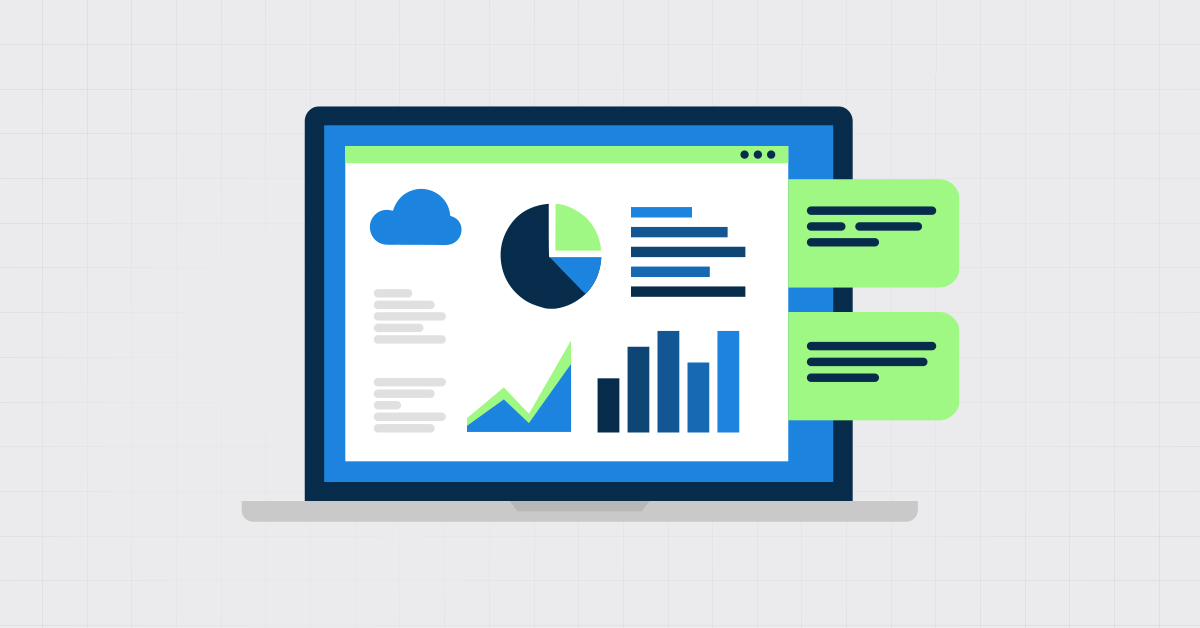Every marketing leader has been there: the campaign report looks strong, ROAS is healthy, and the media team is celebrating. Yet the CFO isn’t impressed. “That’s great,” they say, “but did we actually acquire better customers, or just more of the same?”
That tension captures a core truth: Return on Ad Spend (ROAS) measures how efficiently you buy transactions, not how effectively you buy customer value. For CMOs focused on long-term growth, the real question isn’t how much revenue did we generate? But what kind of customers did we bring in—and how valuable are they over time?
The answer lies in Customer Lifetime Value (LTV) uplift, the measurable increase in long-term customer value that results from integrating your MarTech stack (CRM, loyalty, CDP, POS, and media platforms).
The ROAS Trap: When Short-Term Metrics Hold Back Long-Term Growth
ROAS is an important benchmark. But it’s also a narrow one. It typically measures revenue within a 7- to 14-day attribution window, which is useful for optimizing bids, but blind to what happens next.
ROAS = Revenue Generated ÷ Ad Spend
When this becomes your north star, three problems emerge:
- You undervalue high-potential customers. Some audiences look expensive up front but deliver 3× the value over 12 months. ROAS optimization will ignore them.
- You can’t justify infrastructure investments. Tools like Salesforce Marketing Cloud or a CDP are hard to link directly to short-term revenue, even when they enable smarter targeting.
- You bid without context. Without knowing which users have a $50 LTV versus a $500 LTV, your media platform treats them as equal, leading to underinvestment in your best customers.
To escape this trap, the metric must evolve from cost per transaction to value per customer. The strategic focus becomes improving the CAC-to-LTV ratio over time, not just cutting Customer Acquisition Cost (CAC).
The LTV Uplift Framework: Proving the Financial Impact of Integration
Integrating your MarTech stack should deliver one clear, measurable benefit: the customers you acquire become more valuable. The LTV Uplift Framework provides the proof.
Step 1: Establish Your Baseline LTV (Control Group)
First, measure the average 12-month value of customers acquired through standard paid media—your “business as usual” audience.
Formula: LTV₍Baseline₎ = Average Customer Value from Standard Paid Channels (12-month window)
This is your control group: customers reached without advanced audience integration or CRM-driven targeting.
Step 2: Measure Post-Integration LTV (Test Group)
Next, measure customers acquired through audiences built from unified CRM, loyalty, or predictive data. These represent the lift generated by your connected ecosystem.
Formula: LTV₍Integrated₎ = Average Customer Value from Unified CRM/Loyalty Audiences (12-month window)
Example test audiences enabled by MarTech integration:
- Churn-Risk Lookalikes: People who resemble your most valuable, recently re-engaged customers.
- Loyalty Tier Lookalikes: Profiles similar to your top-tier loyalty members.
- Product Affinity Segments: Prospects identified through email or site engagement who mirror known high-value buyers.
Step 3: Quantify the Uplift
Finally, calculate the financial delta between your integrated and baseline groups.
Formula: LTV Uplift = LTV₍Integrated₎ − LTV₍Baseline₎
Example:
- If your integrated audience delivers an LTV of $450 versus a baseline of $350, that’s a $100 LTV uplift per customer. Multiply that by 10,000 new customers per year, and you’ve added $1 million in long-term value directly attributable to your MarTech integration (which is key for all of this to be successful).
This is the kind of metric that earns budget approval, not just applause.
How Response Labs Enables LTV Lift
Executing this framework requires operational maturity. You need the systems, data synchronization, and modeling precision to make high-value audiences actionable at speed. That’s where Response Labs comes in.
| Strategic Focus | Response Labs Solution | Direct LTV Impact |
|---|---|---|
| Data Synchronization | Real-time data flow between CRM, loyalty, CDP, and paid platforms—segments become actionable within hours. | Reduces waste by eliminating spend on lapsed or recent purchasers. |
| Identity Resolution | We unify anonymous, known, and loyalty IDs to create a Single Customer View (SCV). | Improves audience quality and enables precise lookalike modeling. |
| Predictive Modeling | Exporting churn probability, propensity to buy, and category affinity data into ad platforms. | Enables predictive bidding—invest more confidently in high-LTV prospects. |
When you partner with Response Labs, you’re not adding another agency seat—you’re building the data bridge between your MarTech foundation and your media performance layer.
The Bottom Line
If your leadership team is focused on long-term customer value, then ROAS alone will never be enough. By connecting your data systems, activating predictive insights, and aligning CRM with paid media, you can quantify the true financial impact of every technology investment.
At Response Labs, we help brands Make Every Message Matter, and every customer more valuable.Read next: The Data Maturity Checklist: 5 Gaps Killing Your Paid Audience Scale




